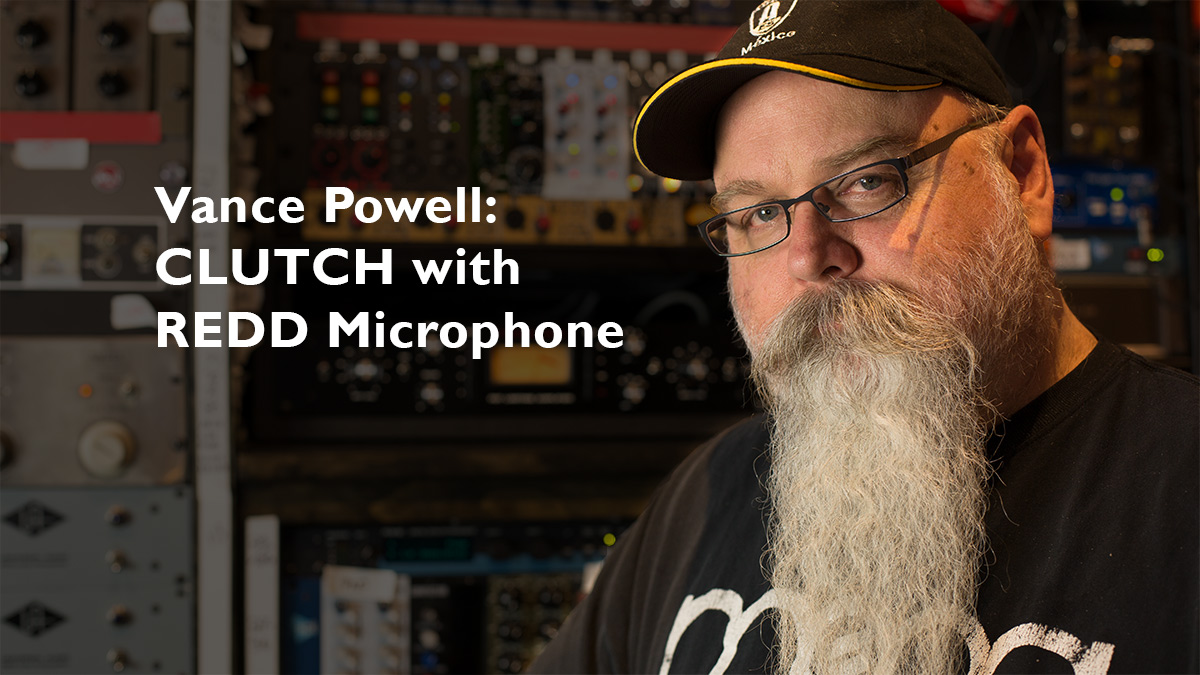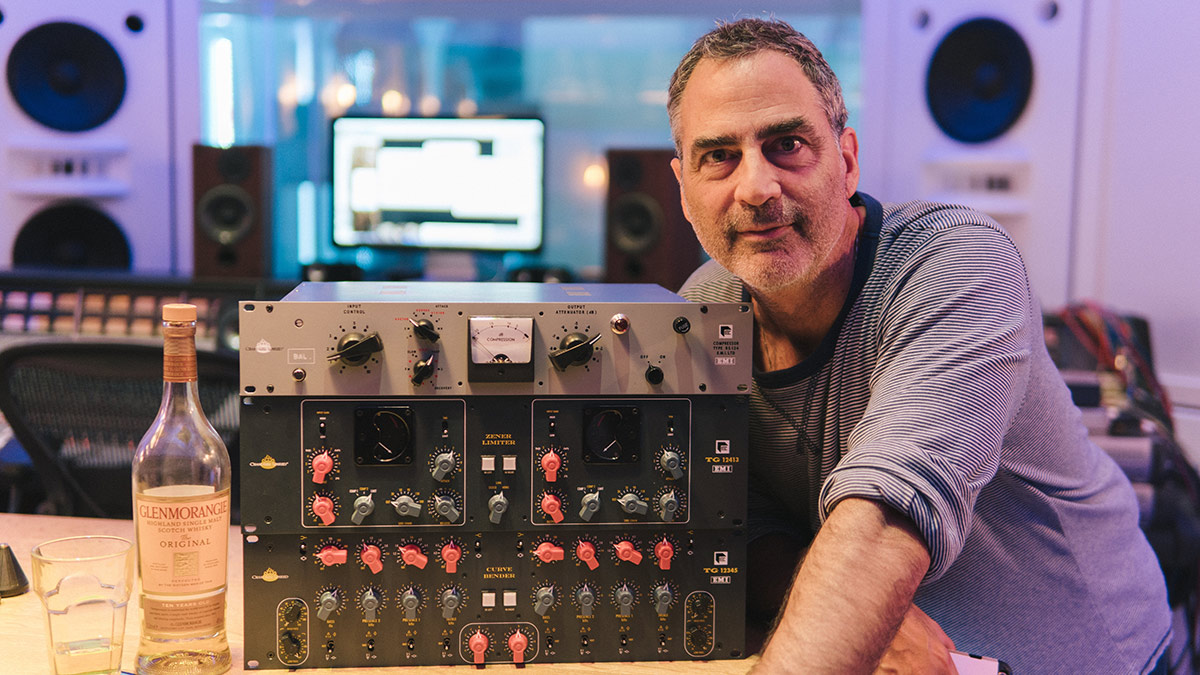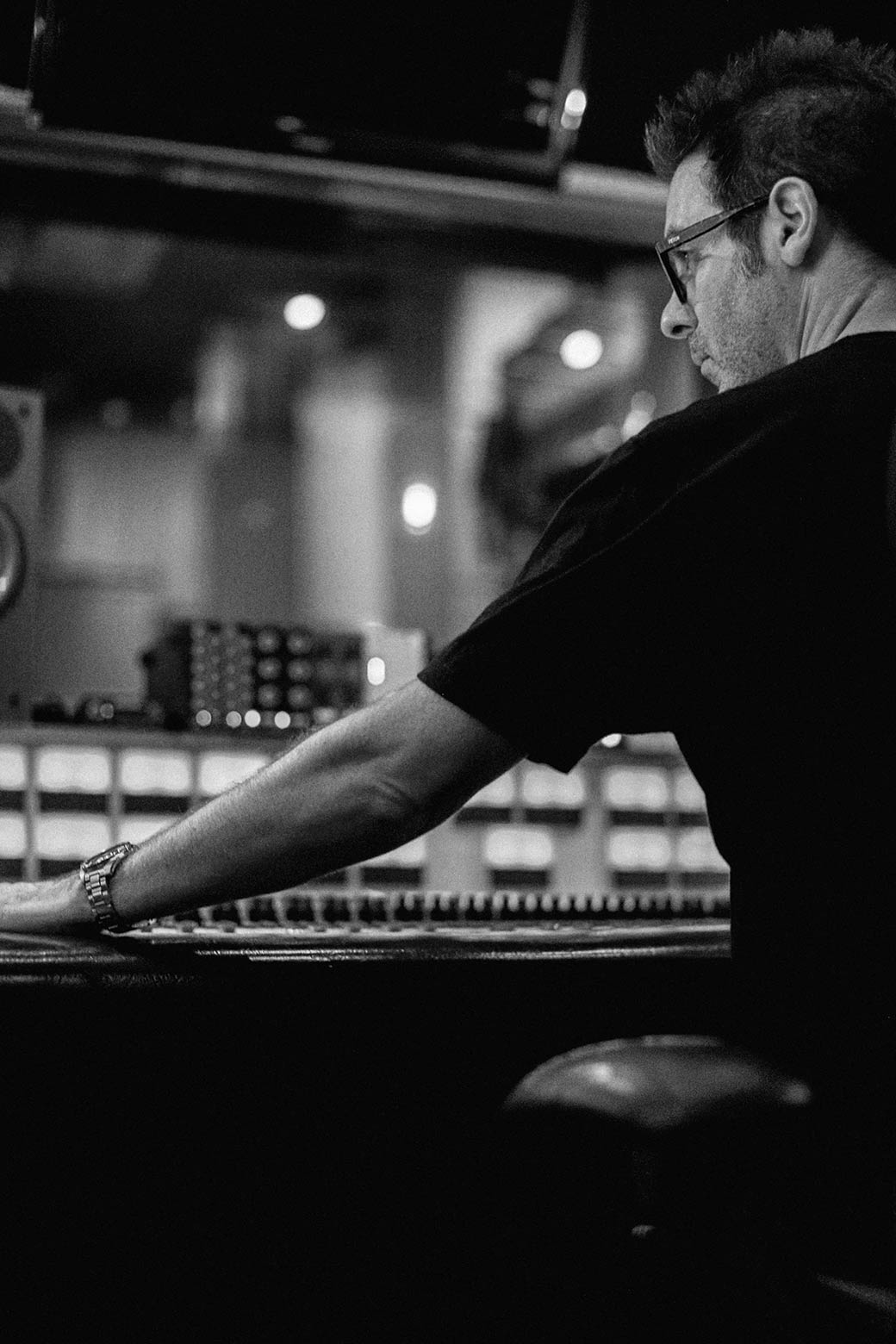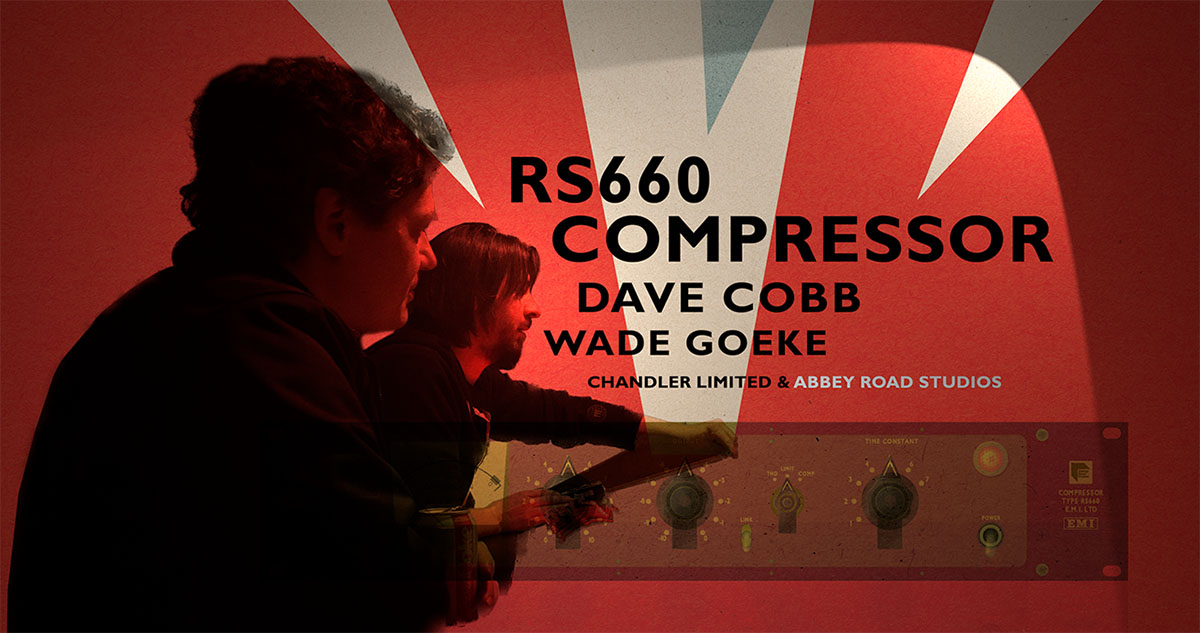Chandler Limited Germanium Tone Control EQ
by: Mike Caffrey
Tape OP, Issue #56, Nov/Dec 2006
If gear design were a sport, I’d be calling for steroid testing of Wade Goeke, as he seems to hit a home run every time he’s at bat. I don’t think it’s an exaggeration to say his Germanium Tone Control is the most innovative new EQ design I’ve seen. It has germanium transistors instead of silicon (which all other solid-state EQs use). It’s neither active nor passive – – actually, it’s both. The passive tone controls have two modes, Independent and Interactive. The Qs vary with frequency selection, and the gain controls can be used to significantly alter the texture and tone in addition to making EQ – – and it’s not difficult to use – – it’s important to understand that this EQ is not like anything else out there. As a result, it has a higher learning curve than you’d expect. You’ll be able to get great sounds right out of the box, but it’s going to take a while to really grasp the GTC to the point when you can get from it everything it can deliver. Once you get your head around the differences between the Independent and Interactive functions of the passive section and then figure out what settings on the gain controls are unity, you’ll find this EQ is capable of making insanely perfect tones. I’ve never heard an EQ that can truly make a sound fatter in the way this one does.
The GTC is a single-channel, 1RU-height EQ with low cut, low boost, presence boost/cut, and peak/shelf treble boost/cut. It’s capable of 25 dB of overall gain in addition to the frequency boosts. The first stage is a level control with a gain and a feedback knob which is a trademark of the Chandler Germanium line. I’ve read about people running mixes through their Germanium preamps to shape them with the feedback control. They’ll find the GTC much more suitable for that job as these controls do the same thing as on the mic preamp, but there won’t be any issues bringing the line-level signal down to mic level. The gain knob and the feedback knob are labeled 1 through 10, and for the most part, when the sum of the two numbers is 10, you’re at unity. There was at least one exception to this shown in the manual, and of course the amount you boost and cut will have an effect, but I’ve found that to be a good rule.
The next controls are bypass switches for the active and passive sections. Passive EQs tend to be really good at creating a big, punchy low end. Active EQs can be extremely smooth. For instance, think of the sound of the high-frequency shelf in a Neve 1073, and no matter how much you boost, it doesn’t sound harsh. With the 1073, the low end can be a little too soft, so the GTC combines a passive low end for the punch with an active high end for its smooth character, giving you the best of both worlds.
The passive low-end section has detented controls for boost, cut, and frequency selection. There are switches for selecting between peak/shelf and between Independent/Interactive. Independent is the way most EQs work. In this mode, when you cut, that will take precedence and the boost comes after. Essentially they’re in series. In Interactive mode, the cut will not take precedence. I’m not clear how it works, but I find it helpful to think of the two controls as if they are in parallel rather than in series. So when you boost, you can get a big low end, yet you can cut simultaneously to prevent it from getting bloated and murky. In general, if you want to make the low end smaller and tighter, use the Independent mode. If you want to make the low end bigger, use the Interactive mode. In the Interactive mode, I’ve found I tend to have the cut frequency set higher than the boost frequency and that a substantial, simultaneous cut and boost can create some unusual, but very effective EQ curves. Running the low boost in shelving – -especially on guitars and bass – – can make for massive sounds.
The active section has Presence (peak) and Treble (peak/shelf) controls. The eight selectable frequencies in each section overlap a bit. One important difference is that the Presence has a narrower Q and the Treble has a wider Q for a gentler sound. In addition, the Presence Q varies with the selected frequency. The lower frequencies have a narrower Q which is great for scooping out low mids for clarity. The upper mids, where you’re more likely to boost, have a wider Q.
So, how does it sound? I feel like it’s got the ability to create very balanced sounds. The simultaneous low-end boost and cut, especially in Interactive mode, can really blow up the bottom end in a good way. The Interactive mode’s unusual curves make it possible to boost more of a particular frequency because you’re cutting tightly around it. When you make one of these extreme boosts, but you leave the active high-end section bypassed, it can sound a little muffled because of how extreme the boost is. Adding the active section gives a crisp clarity to the high end that counterbalances the low end because it allows you to boost a lot without being harsh. On guitars with a ribbon mic, I was able to boost the highs and make them razor sharp. They were as sharp as if I had used a small-diaphragm condenser. Yet, because it was a ribbon mic without high-frequency resonances, it wasn’t painful to listen to at all.
As with all great EQs, I’ve had great results on all sorts of sources. I first used it on vocals when I tracked George Clinton. I was really impressed with how much depth I could pull out of his voice while still maintaining clarity and articulation. I recently got a great crunchy snare sound on some Cobra Starship tracks. I’ve been very happy on acoustic guitars when going for a big defined sound. I used it on a mandolin recently that started out as a great, natural, woody sound, but didn’t have enough top definition. The strings had a little bit of a nylon quality to them, so it was bordering on a ukulele tone. Just a touch of clarity with the high boost helped the pick sound articulate through. Articulate is a great way to describe how this EQ feels because its smooth nature allows boosting the high end until it speaks, but it never crosses the line to being harsh.
The Treble and Presence frequencies overlap, and that’s a very important feature for its ability to hone in on articulation. I’ve found them to have an interesting interaction when they’re set to similar frequencies. There’s a point where you lower the Presence frequency, and everything changes pretty drastically. Boosting the highs even more will get you back to that original articulate tone, and you’ve now got control over the mids. It’s also possible to set the Treble to shelving at 3.9 kHz and then cut a notch with the Presence above that – – say a little de-essing around 6.2 kHz. It’s like Pultec for the high end. While we’re on that subject, because of the simultaneous boost and cut options, there will inevitably be comparisons between the two, and that’s a mistake. The GTC was not intended to sound like a Pultec. The similarity is just in the concept of boosting and cutting the same frequencies for the unique EQ curves. It would be a mistake to think that buying the EQ would be the same as buying a Pultec.
The GTC may be reminiscent of other EQs in concept, but it’s really its own thing. Its innovative nature will probably make a ton of hype, which for my taste it easily lives up to. However, be sure to keep in mind that you’ll need to spend some time to really learn it. Like all great EQs, the Germanium Tone Control has its own identity and is effective for all sorts of applications. I haven’t been able to try the GTC on a mix bus or mastering situation, but when I get the three more I ordered (to have two pairs), I’ll be sure to try.
—Mike Caffrey, www.monsterisland.com






